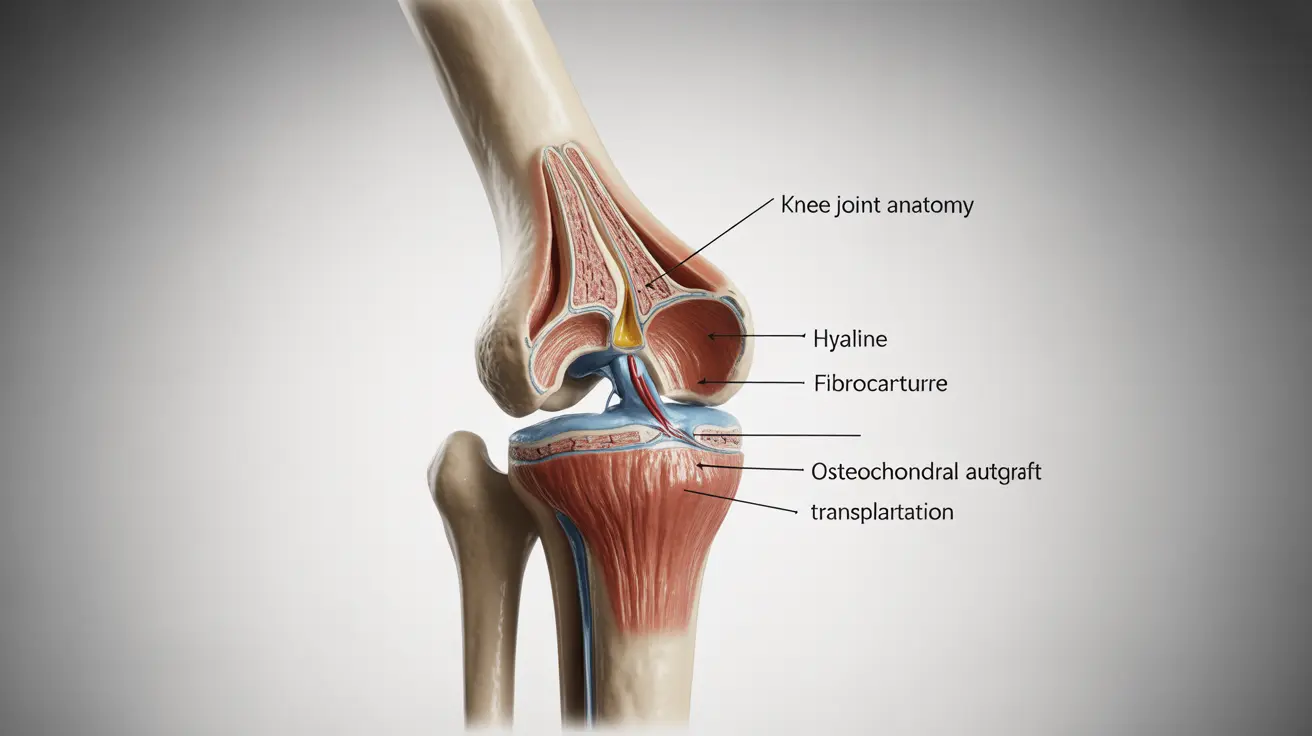High ferritin levels suggest excess iron in the body, which can result from several conditions such as hemochromatosis (genetic iron overload) or liver disease. Here’s how to lower ferritin levels effectively:
- Reduce iron intake:
- Avoid foods high in heme iron, such as red meat, liver, and shellfish.
- Limit alcohol consumption, as it enhances iron absorption.
- Steer clear of iron-fortified foods and supplements unless prescribed.
- Increase non-heme iron blockers:
- Consume calcium-rich foods (like dairy) and tea or coffee with meals, as they inhibit iron absorption.
- Avoid taking vitamin C supplements with iron-rich meals, as it can increase absorption.
- Phlebotomy (Therapeutic Blood Donation):
- One of the most effective methods for lowering ferritin is regular blood removal. Phlebotomy helps reduce iron levels by decreasing the number of red blood cells, which carry iron.
- Chelation Therapy:
- This involves medications that bind to excess iron and help remove it through urine or stool. It’s typically used in more severe cases of iron overload.
- When to seek medical advice:
- If you have consistently high ferritin levels or symptoms like fatigue, joint pain, or irregular heartbeats, it’s essential to consult a doctor. Uncontrolled high iron levels can lead to serious conditions such as liver cirrhosis, diabetes, or heart disease.
Monitoring and addressing high ferritin levels promptly can significantly improve long-term health outcomes.
Recommended Tests:
- Ferritin Blood Test:
This measures ferritin levels and helps assess iron stores in the body.
Ferritin Blood Test - Transferrin Saturation Test:
Helps evaluate how much iron is bound to transferrin, which can aid in diagnosing iron overload.
Transferrin Saturation Test




